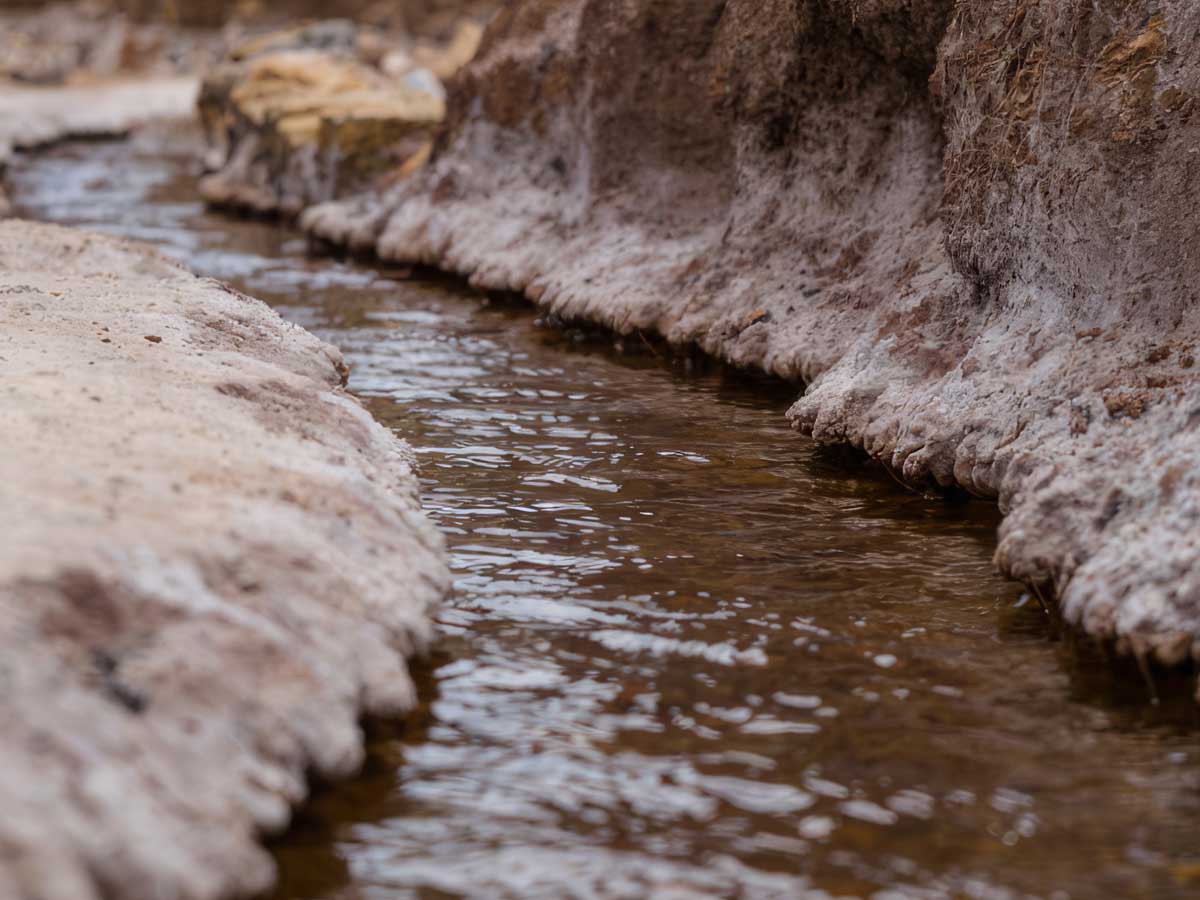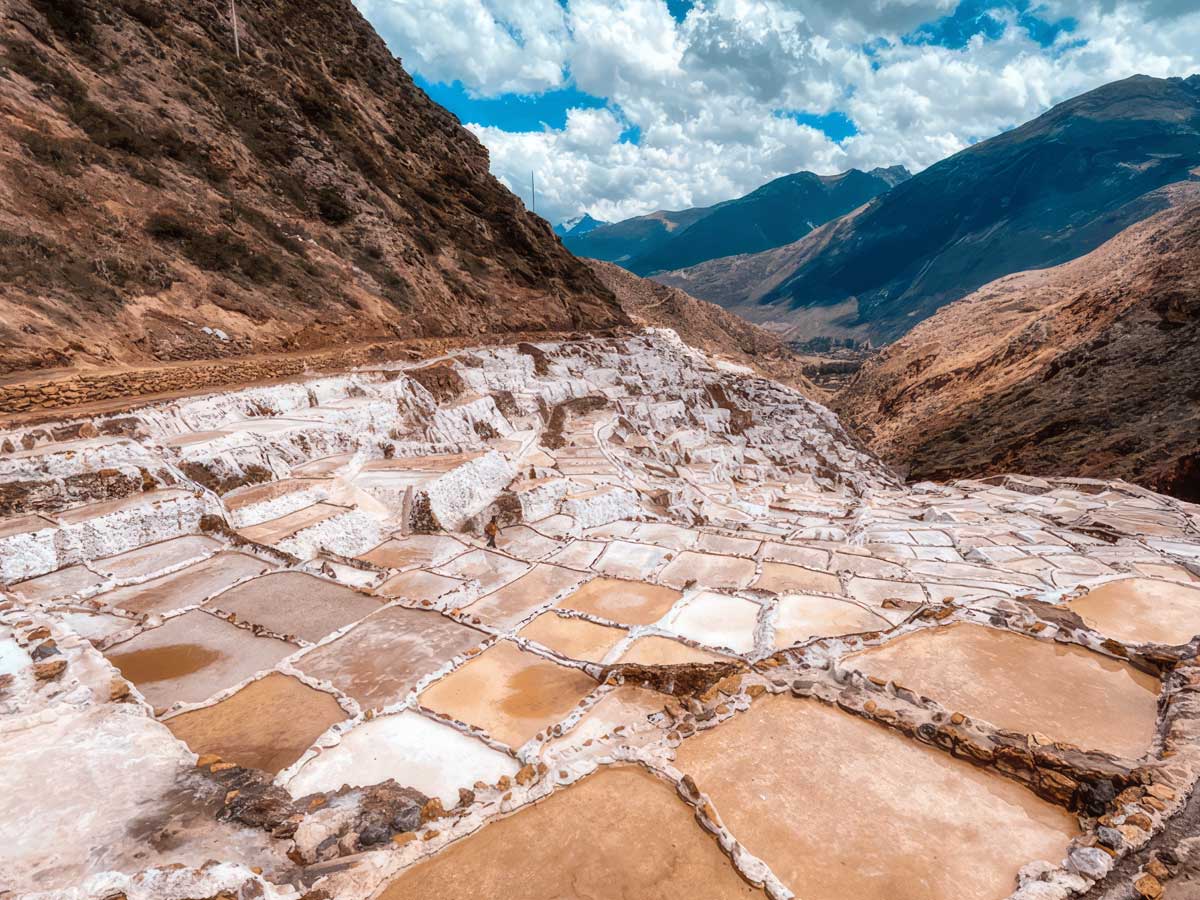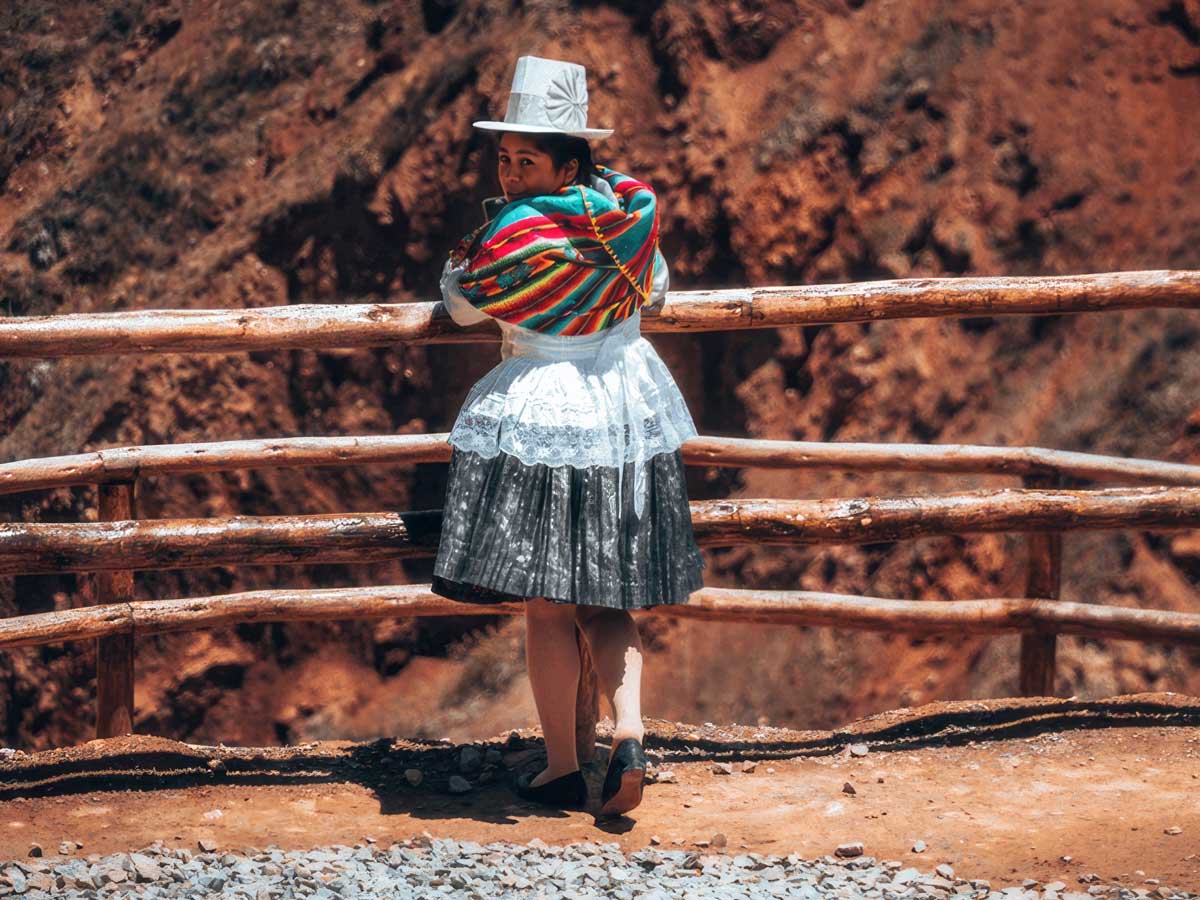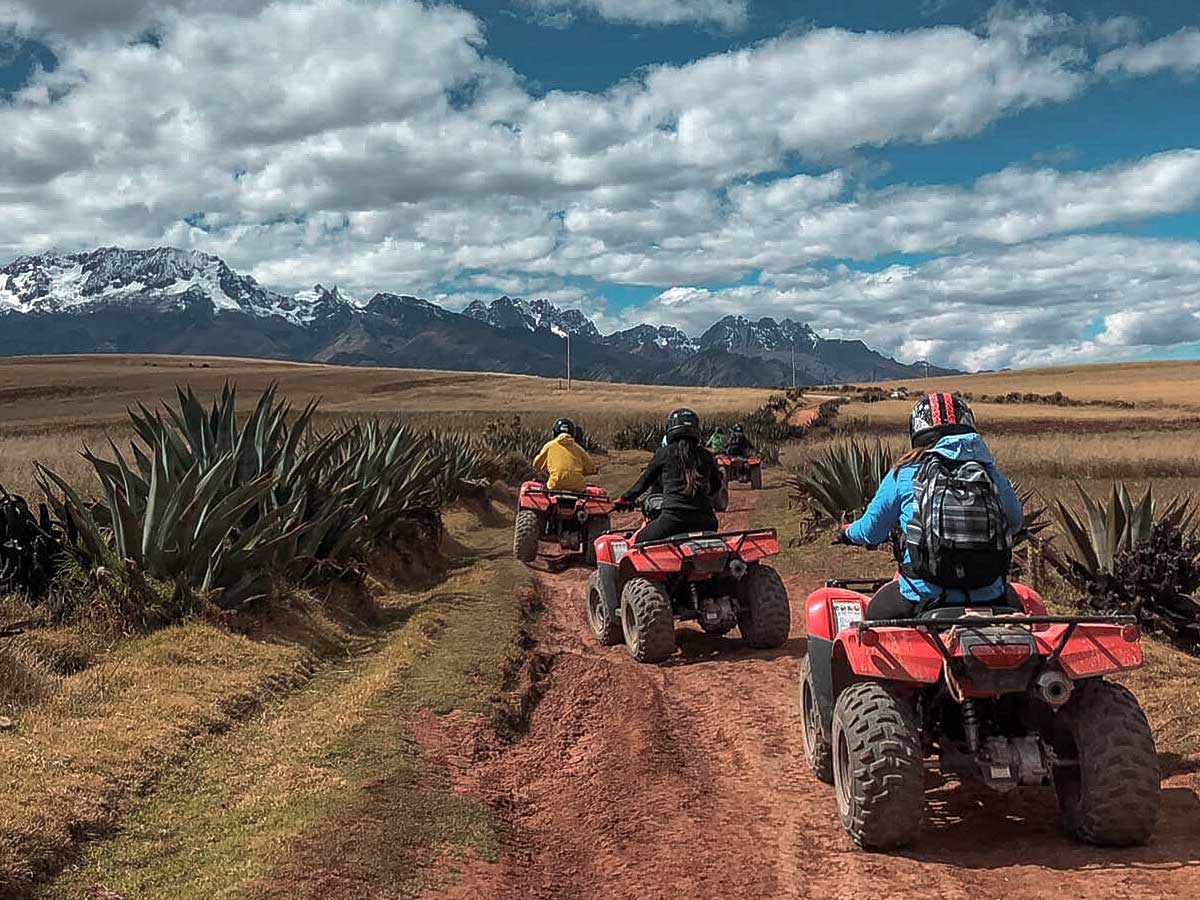

The Sacred Valley of the Incas is a territory full of incredible landscapes and unique archaeological sites. One of the most visited are the famous Salineras de Maras. This attraction is made up of thousands of small pools dug into the mountainside. These salt pits have been captured by photography lovers around the world.
The Salineras de Maras is made up of more than 3,000 natural salt wells near the town of Maras. Each of the wells has a dimension of 5 square meters.
The 3,000 pools are fed by a hypersaline underground spring that originated 110 million years ago during the formation of the Andes Mountains.
Currently, these natural salt pools attract hundreds of tourists. The view that you get from this landscape is beautiful.
The people of Maras commercialize this salt, just as the Incas did hundreds of years ago.
Salineras and Maras are located at a distance of 39 km. Via Cuzco - Chinchero of 39 km via Izcuchaqa - Chequerec, and 49 km via Cusco - Chinchero (the most recommended as it is a paved highway).
The Salineras and Maras are located 3,000 meters above sea level and approximately 1 hour and a half from the city of Cusco. These are salt mines and their exploitation is as old as the Tahuantinsuyo. Located on the slope of the hill, the salt mines, in the form of terraces or platforms, are filled by underground water that runs down the ravine. The origin of the source of it is still a mystery.
Legend has it that the salty waters that flow from the mountain are the tears of Ayar Cachi. Within Inca mythology, this was one of the 4 brothers and sisters that originated the great empire of the Incas: The God Wiracocha made these brothers come out of a cave to found a great empire. Ayar Cachi threw a stone at a mountain forming a ravine. Then his brothers, fearing his strength and power, locked him up in the cave with deception, preventing him from being the founder of the empire. The tears of this character formed the pools that the sun dried later, forming the salt flats.

The ancient legacy of the Maras Salineras stretches across millennia. Emerging from the peaks of Qaqawiñay mountain, briny waters surge forth, embracing the sun's potent rays that, upon evaporation, give rise to the distinctive natural salt wells synonymous with Maras.
Yet, intertwined with this geological history is a mythic narrative harking back to the renowned legend of The Ayar Brothers. Centered on Ayar Cachi, the mightiest sibling, who, alongside Manco Cápac, embarked on the odyssey to establish Cusco.
Ayar Cachi, possessing unparalleled strength, could cleave a mountain with a mere stone. Fearing his formidable power, the other brothers, resorting to cunning, ensnared him within a cavern, sealing it with an imposing rock. The tears of Ayar Cachi, borne of fury and imprisonment, metamorphosed into the myriad pools of saline water that would later evolve into the Salineras de Maras.
Historical records indicate that the Wari culture, spanning from the 7th to the 13th century AD, marked the genesis of systematic salt well exploitation during their reign in the Cusco valley. Subsequently, the Incas (13th to 16th century AD) meticulously orchestrated the production and distribution of Maras salt, incorporating it even into sacred ceremonies for mummy preservation.
In the contemporary era, the Maras Salineras are meticulously tended to by the denizens of Maras and local farming communities. Each family lays claim to a specific number of posas, diligently overseeing their cultivation and allocating the yields to diverse markets in Cusco. The inheritance of salt pool ownership persists through successive generations, preserving the enduring connection between the people and the timeless tradition of Maras salt production.
The Salineras de Maras have more than 3000 pools, of different sizes and dimensions, which are fed by salty water that springs from the subsoil of the Qaqawiñay mountain. The intense sun makes the water evaporate, leaving salt crystals that are then “harvested” with a piece of wood with which the salt is scraped, which is placed in small baskets, to eliminate the excess water. After a few days, the water passage is reopened and the process is repeated.
In the Salineras de Maras you can find "natural pink salt"; It gets its beautiful color from the natural elements of mountain water, including magnesium, calcium, potassium and silicon. There are only 4 places in the world where you can extract pink salt and Maras is one of them, would you miss it?
In addition to the incredible panoramic view of the Salineras de Maras that you will experience, you cannot miss a visit to the market. In this you can try different products that include local products: chocolates, candies and even beauty products, as well as body creams.

It is an impressive salt mining complex, which had already been exploited since the Inca period as a means of economic and value exchange. From Maras you can go to visit the salt mines by a bridle path, where it is common to find mules that carry the sacks of salt extracted from the natural salt mines.
It is an outstanding colonial church made of adobe with typical religious architecture where you can find Cuzco paintings that represent the Last Supper, Jesus and the apostles. It also shows beautiful houses with shields of Indian nobles, a reflection of a time of prosperity during the colony.
They are beautiful carved stone doorways in high relief and with geometric and zoomorphic figures.
In the Salineras de Maras you can buy ‘natural pink salt’. It gets its beautiful color from the natural elements in spring water including: magnesium, calcium, potassium and silicon.
Another cool thing about the Salineras de Maras is that you can pick up your own handful of salt or buy a jar at the Maras gift shop.
You can also take incredible photos of the salt mines, one of the most incredible places in Cusco, Peru.
Just 10 kilometers from the Salineras, Maras is the archaeological complex of Moray, another of the most incredible tourist attractions in the Sacred Valley.
Maras has a colonial town famous for its traditional adobe houses and its typical traditions and festivals.
You can enter the Salineras de Maras by paying 7 Peruvian soles (2.5 USD). The site does not need any ticket like many other archaeological sites in Cusco.
Keep in mind that in Maras you will not be able to pay with your credit card, US dollars, euros or any other currency.
Another option is to buy a tour to Maras, which includes a visit to the archaeological site of Moray.

The salt mines of Maras are 10 kilometers away from the town of Maras.
From the city of Cusco to the Salineras de Maras there are approximately 50 kilometers of distance.
To get to the Salineras de Maras from the city of Cusco, you must take a bus to Urubamba and stop at a detour that leads there, after another trip by collective taxi.
Most tourists choose to reach the Salineras de Maras through a tour organized by a tourism agency. This service includes full transportation.
Visits to the temple during mass times.
To visit the mineral salt complex you can do it from 7am to 5pm.
During your visit to the Salineras de Maras do not forget to bring the following:

Sacred Valley and Machu Picchu 2 Day Tour
Classic Inca Trail Tour (4 Days/3 Nights)